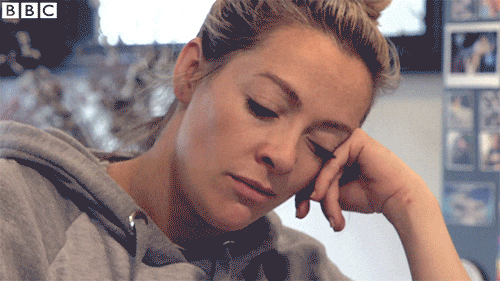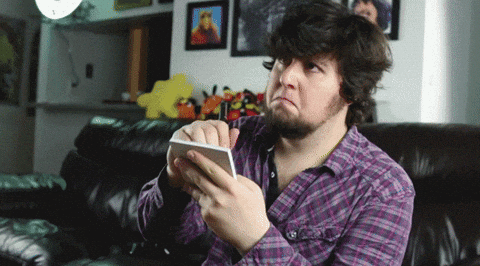The one-sentence struggle
Last week, I remembered a chat I had with a founder friend.
He built a mobile app that curates personalized travel experiences.
When I asked what his company does, he paused… took a deep breath… and then gave me a 90-second TED Talk.

By the end, I still wasn’t sure.
Was it a booking tool? A travel blog? A map app? A dating service for introverts who like museums?
I’ve worked with over 100 brands in the past 13 years, and this is a pattern I see all the time, especially with early-stage startups.
The problem isn’t that they don’t care. It’s that they’ve never sat down to get crystal clear about their brand position.
The art of being forgettable
I sometimes go grocery shopping with my wife.
The pasta sauce aisle is always a battlefield for my brain.
Row after row of jars.
Same red sauce. Same green lid. Same claims: “Authentic Italian,” “Family Recipe,” “Made with Love.”
Some even look like they hired the same graphic designer.
If every jar looks and sounds the same, which one do you pick?
You grab whatever’s closest. Or the one you think you’ve seen in an ad.

That’s exactly what happens when your brand positioning is fuzzy.
Your audience can’t tell why you’re different, so they choose based on random factors, price, convenience, or a competitor who explains it better.
That’s when sales drop, marketing feels like shouting into a void, and you’re stuck wondering why nobody “gets” your brand.
The cure for brand amnesia
The fix is simpler and faster than you think.
It starts with knowing your audience like you’re friends.
Not just their age, gender, or location.
You need to know:
What they want most.
What they secretly fear.
How they see themselves.
How they make buying decisions.
I worked with a SaaS startup that swore their audience only cared about price.
But, after doing a deeper audience analysis, we found they actually valued time savings more than anything.
Once we made that the hero of their brand story, sales grew in weeks.
And once you know your audience?
You move on to your competition.
You want to understand:
Who’s already serving your audience.
What promises they’re making.
How they’re positioning themselves.
Because if you sound just like them, you’ll end up being just another jar of spaghetti sauce on the shelf.
How to win without overthinking
Here’s a quick exercise you can do today… before the day runs away from you:
Write down your top three competitors.
List the promises they make to their audience.
Circle anything that overlaps with your brand.
Now, write one promise or benefit you offer that none of them can claim.

That’s your gold.
Build your brand statement around it.
I used this with a fintech client who thought their advantage was “low fees.”
Turns out, their customers didn’t care about saving a few dollars… they cared about knowing their money was safe.
When we made “security” the core of their brand, suddenly their messaging cut through the noise.
Do this before the day ends
Step one starts now.
Grab a blank page and write who your ideal target audience is.
Once that’s done, list down your competitors.
Don’t get fancy. Don’t make it a research project. Just start writing.
Stop being the jar no one picks
When you get focused on your brand position, you stop blending in and start getting chosen… on purpose.
That’s it for now ladies and gents, I’ll see you on the next one.

PS: Want my free brand clarity check to see if you are connecting to the right audience? Click here to take the 👉 Brand Clarity Test (takes less than 5 mins).

I help early-stage startup founders build brands that actually get traction. No fluff, just clear strategy and design that speaks to the right people.Want to find out if your brand is ready? 👉Take the quiz or Join the waitlist